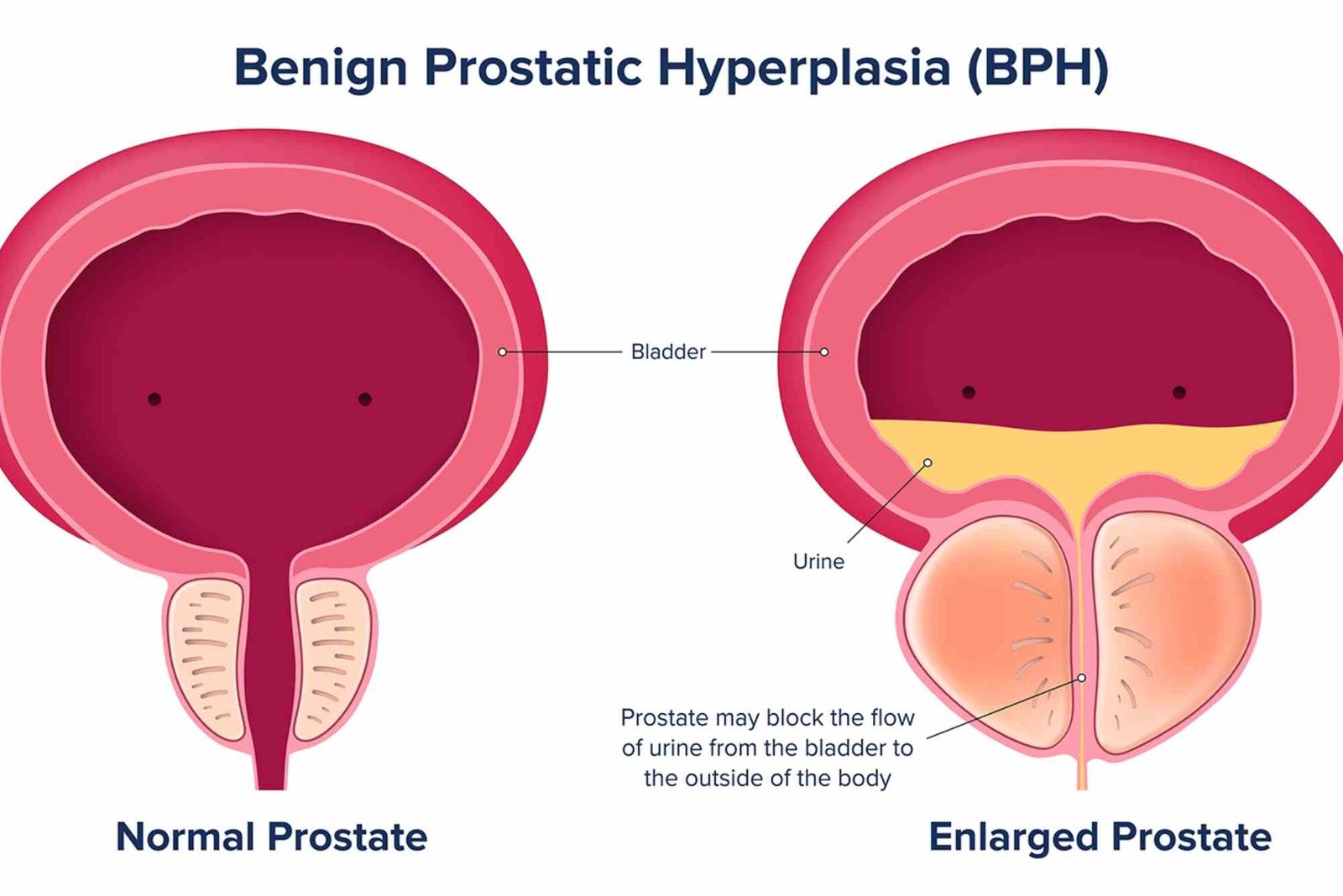Introduction
The suspension system is one of the most crucial yet often overlooked parts of a vehicle. Whether you’re driving a luxury sedan or a rugged SUV, your suspension system determines how comfortable, stable, and safe your ride will be. Many drivers focus on engines and horsepower, but understanding what is the function of suspension system in automobile reveals how it holds everything together — literally.
This guide explains what the suspension system is, how it works, why it matters, and what happens when it fails. If you’re passionate about vehicles or just want smoother drives, you’re in the right place.
Understanding What is the Function of Suspension System in Automobile
Before diving into details, let’s define it clearly. The suspension system connects your vehicle’s body to its wheels. Its main job is to absorb shocks from the road, ensuring that your tires maintain consistent contact with the ground. This allows for better handling, improved stability, and increased comfort during your drive.
When you learn about what is the function of suspension system in automobile, you’ll realize it’s far more than just springs and shocks — it’s a carefully engineered network of components designed to balance motion, control, and comfort.
Why the Suspension System Matters
A car without an efficient suspension system would be nearly impossible to drive comfortably. Every bump or pothole would directly hit the vehicle’s frame, making the ride rough and damaging its components. The suspension ensures that drivers and passengers remain comfortable while maintaining control on all kinds of terrains.
Moreover, it protects other systems — like steering, braking, and transmission — from excessive wear caused by road irregularities. Simply put, without a suspension system, cars wouldn’t just feel uncomfortable; they would be unsafe.
Key Components of a Suspension System
The suspension system may look complex, but it’s essentially built around a few key parts that work together harmoniously.
Springs
Springs are the core of any suspension setup. They absorb the energy from road impacts and then release it gradually, preventing that force from reaching the cabin. Coil springs are most common in modern cars, while leaf springs are still found in trucks and older vehicles.
Springs control how high or low the vehicle sits and play a big role in ride comfort and stability.
Shock Absorbers (Dampers)
Shock absorbers, or dampers, control the motion of the springs. Without them, your vehicle would keep bouncing after every bump. They convert kinetic energy from the springs into heat energy, dissipating it safely.
This helps ensure that your tires maintain proper contact with the road, improving traction and reducing braking distance.
Struts
Struts combine the functions of springs and shock absorbers into one compact assembly. They provide structural support to the suspension and play a major role in vehicle alignment. Most front-wheel-drive vehicles rely on struts for both suspension and steering stability.
Control Arms
Control arms connect the wheels to the frame, allowing for controlled movement. They help manage the motion of the suspension so the wheels can move up and down independently without affecting the vehicle’s overall stability.
Anti-Roll Bars (Stabilizer Bars)
These bars prevent the vehicle from leaning too much during turns. By linking opposite sides of the suspension, anti-roll bars improve cornering stability and enhance the driving experience, especially on sharp turns.
The Primary Functions of Suspension System in Automobile
Comfort and Ride Quality
One of the main reasons cars have suspension systems is comfort. It absorbs shocks and vibrations caused by uneven roads, potholes, or bumps. This ensures that both driver and passengers enjoy a smoother, quieter ride.
Road Holding and Handling
Suspension systems keep the tires in constant contact with the road surface. This improves grip, handling, and control — especially during sharp turns, acceleration, and braking. A well-tuned suspension provides drivers with a feeling of confidence and safety.
Vehicle Stability and Safety
Without proper suspension, your car could lose balance on uneven surfaces. The system helps distribute weight evenly across all four wheels, keeping the vehicle stable at high speeds or during emergency maneuvers. It plays a key role in preventing rollovers and skidding.
Load Carrying Capability
A good suspension system can handle different weights without compromising comfort or stability. Whether it’s a passenger car or a heavy-duty truck, the suspension ensures consistent performance under load.
Steering Control and Alignment
The suspension directly affects steering response and alignment. It ensures that the wheels remain in proper contact with the ground, allowing the driver to steer precisely and safely, even under challenging road conditions.
Types of Suspension Systems in Automobiles
Independent Suspension System
In this system, each wheel moves independently of the others. It’s commonly found in modern vehicles because it offers better handling and comfort. Independent systems allow for smoother rides on uneven surfaces since one wheel’s movement doesn’t directly affect the others.
Dependent Suspension System
Here, the wheels on the same axle are linked, meaning movement on one side affects the other. It’s simpler, more durable, and often used in heavy-duty vehicles or trucks where load-carrying capacity is more important than comfort.
Air Suspension System
Air suspension uses compressed air instead of steel springs. It allows drivers to adjust ride height and stiffness electronically. Luxury cars and buses often use this system to provide a premium ride experience.
MacPherson Strut Suspension
A popular type in passenger cars, this design combines shock absorbers and coil springs into a single unit. It’s lightweight, cost-effective, and offers reliable performance for everyday driving.
How Suspension Systems Affect Performance and Safety
The suspension doesn’t just make rides comfortable — it impacts the car’s overall performance. A worn-out or faulty suspension can lead to poor handling, longer braking distances, and uneven tire wear.
In terms of safety, it ensures maximum contact between tires and road surfaces, reducing the risk of skidding. A good suspension also improves traction, which is vital for driving in wet or slippery conditions.
Automotive experts at Edmunds emphasize that maintaining your suspension is essential not just for comfort but for safety as well. Regular inspections can prevent costly repairs and enhance your vehicle’s lifespan.
Signs Your Suspension System Needs Attention
It’s easy to overlook suspension issues because they develop gradually. However, these warning signs indicate it’s time for a check-up:
- Unusual noises like clunking or squeaking when driving over bumps
- Vehicle leaning to one side
- Excessive bouncing after hitting potholes
- Uneven tire wear
- Steering feels loose or less responsive
If you notice these symptoms, get your vehicle inspected by a certified mechanic immediately. Ignoring suspension problems can lead to further damage and unsafe driving conditions.
Maintenance Tips for a Healthy Suspension System
Routine maintenance can extend the life of your suspension and improve your driving experience.
Keep your tires properly inflated, as underinflation increases suspension strain.
Inspect shocks, struts, and springs regularly for leaks or corrosion.
Avoid overloading your vehicle beyond its recommended capacity.
Drive carefully over speed bumps and potholes to minimize impact damage.
Visiting a reliable automobile hub for periodic checkups ensures your vehicle remains in top condition throughout the year.
Why the Suspension System is Crucial for Modern Vehicles
Modern vehicles rely heavily on suspension technology to enhance both performance and safety. Advanced systems now use sensors to adjust damping and stiffness in real-time, optimizing comfort and control.
From high-performance sports cars to electric vehicles, suspension systems are becoming smarter, adapting to driving styles and road conditions automatically. Understanding what is the function of suspension system in automobile is key to appreciating how far automotive engineering has evolved.
FAQs
What are the three main functions of a suspension system?
The suspension system’s main functions are to provide comfort by absorbing shocks, maintain tire contact for stability, and support vehicle control during steering and braking.
What happens if the suspension system fails?
A failed suspension can cause poor handling, uneven tire wear, and reduced braking efficiency, making the vehicle unsafe to drive.
How long does a car suspension last?
Typically, suspension components last between 50,000 and 100,000 miles, depending on driving habits and road conditions.
Can you drive with a bad suspension?
Technically yes, but it’s not recommended. A damaged suspension compromises safety, increases tire wear, and can lead to further mechanical problems.
Is suspension repair expensive?
Costs vary by vehicle type and damage severity. Simple repairs like replacing shock absorbers are relatively affordable, while full system replacements can be costly.
The suspension system might not get the spotlight like engines or transmissions, but it’s one of the most vital components of your car. It keeps your ride smooth, your wheels grounded, and your journeys safe. Understanding what is the function of suspension system in automobile helps every driver appreciate the balance between comfort, control, and safety.




